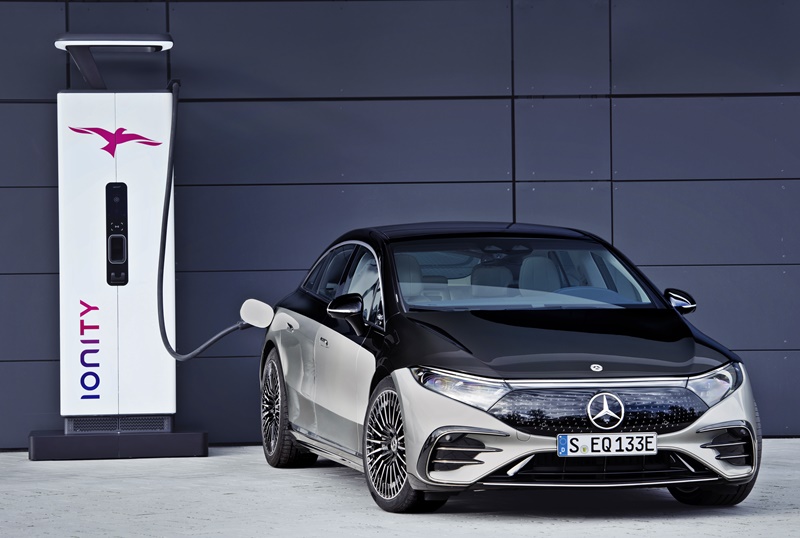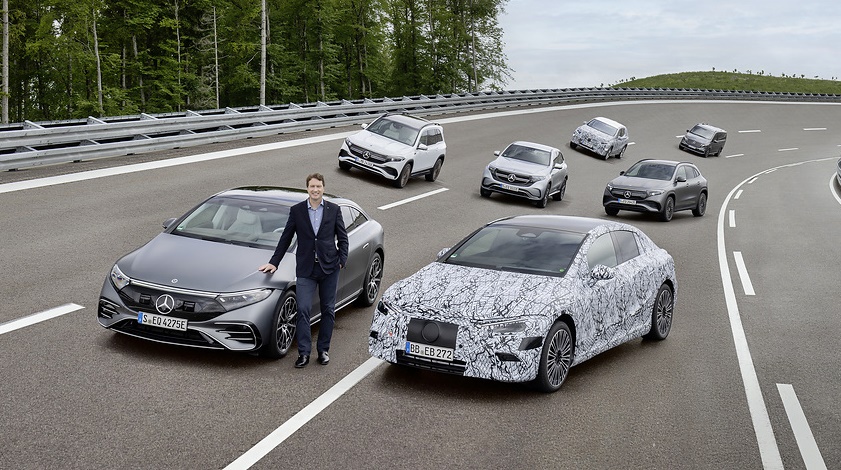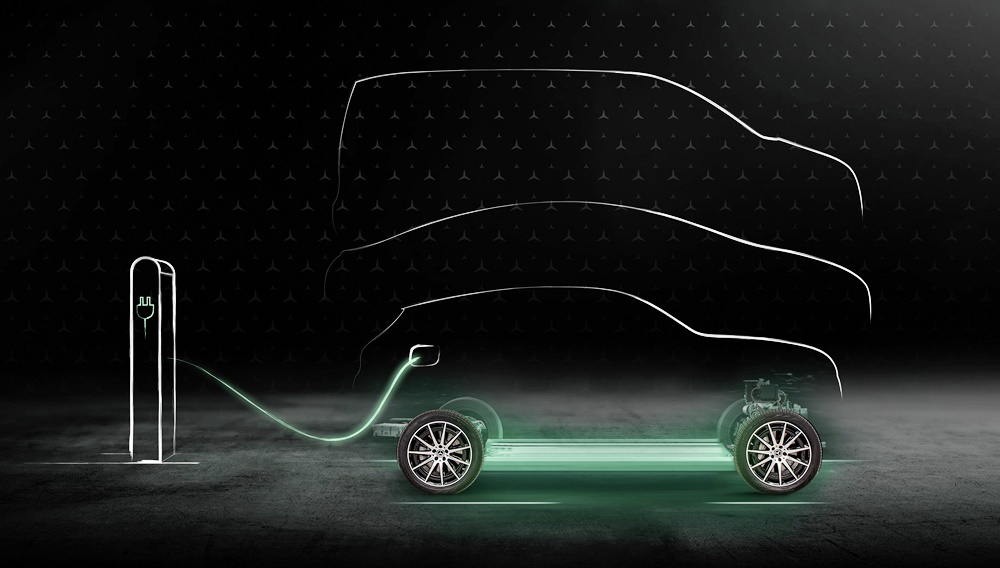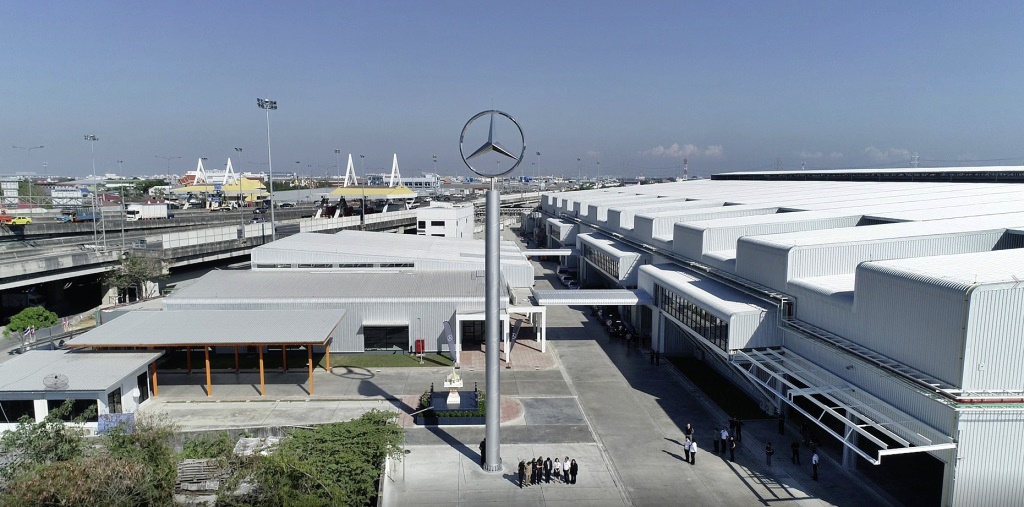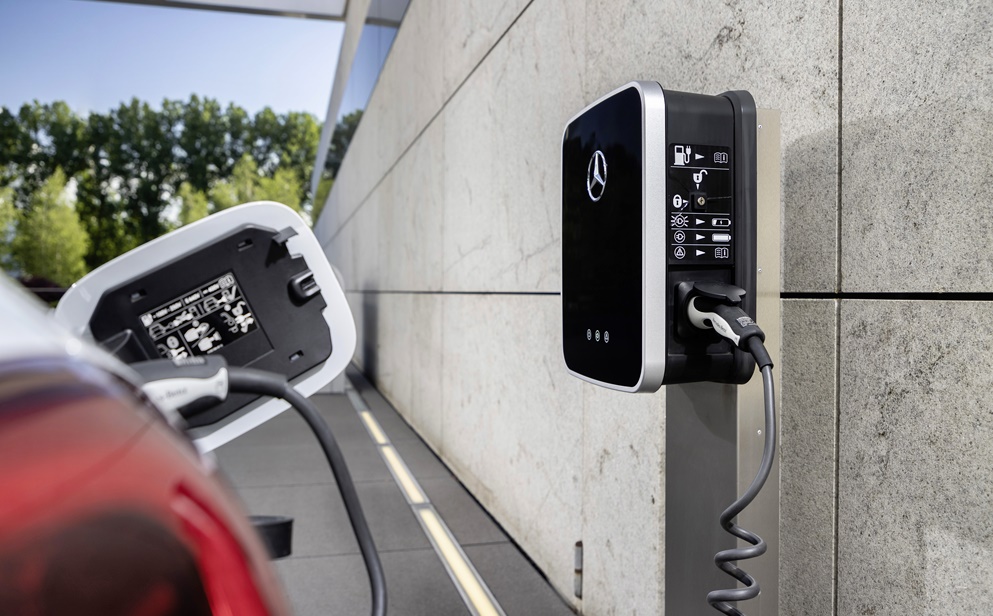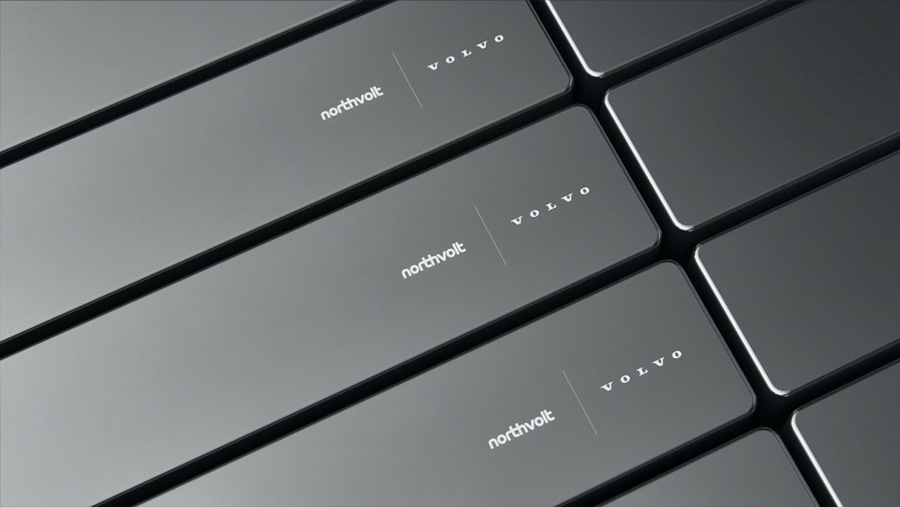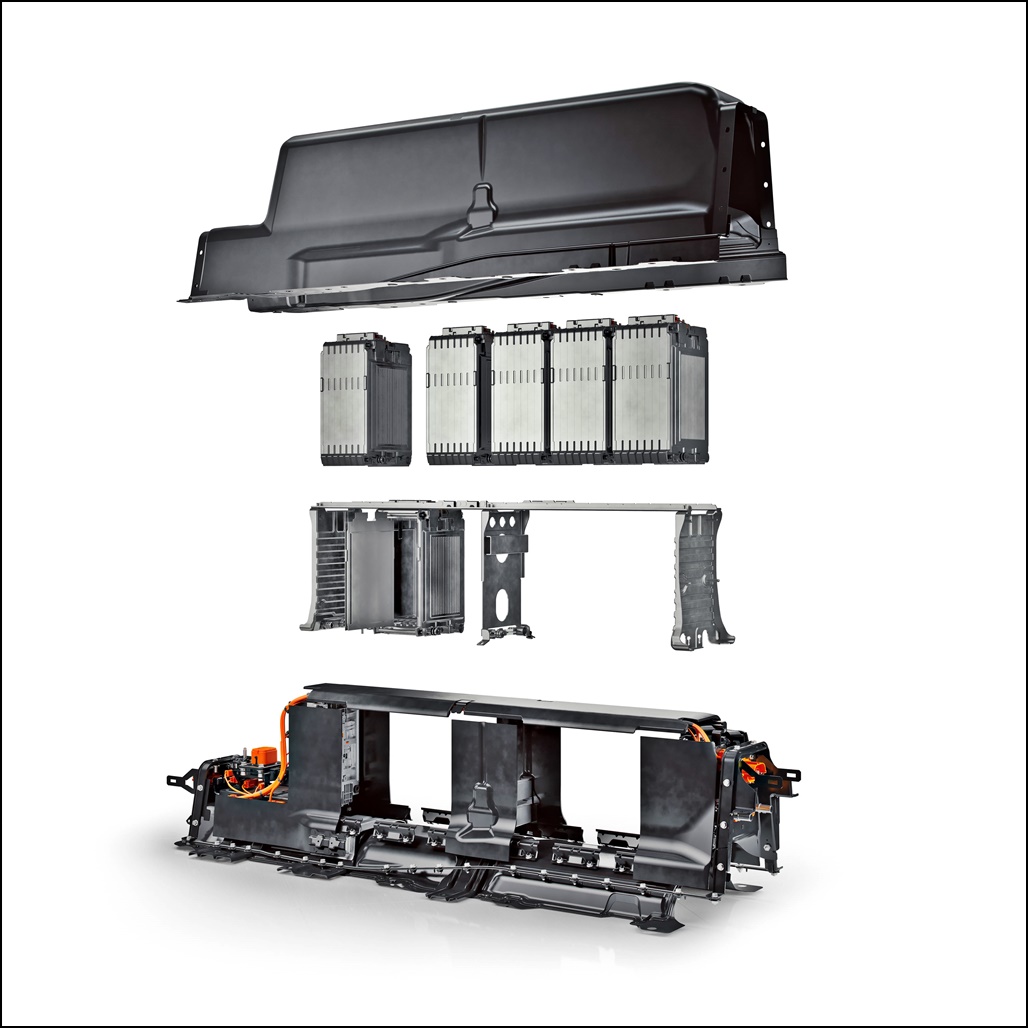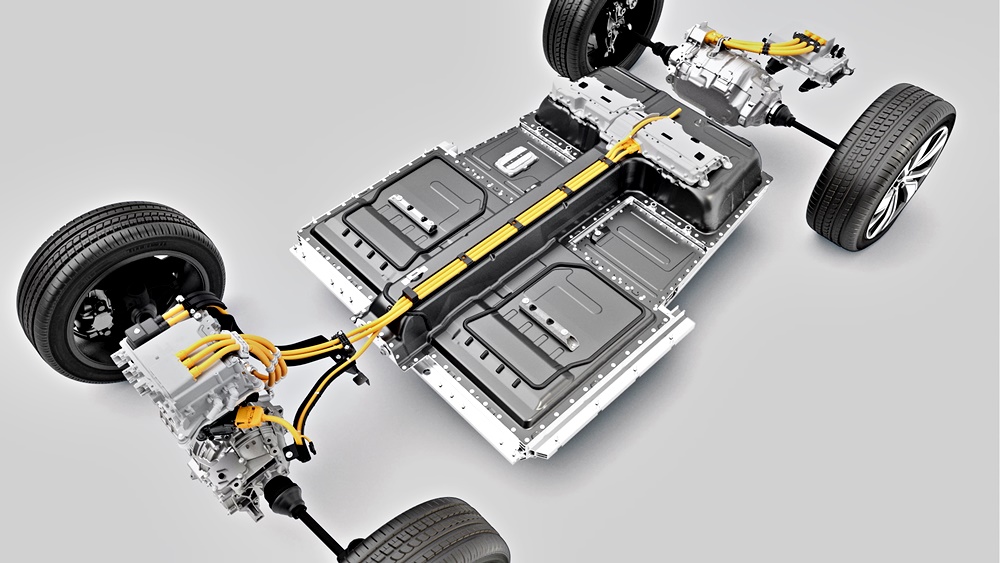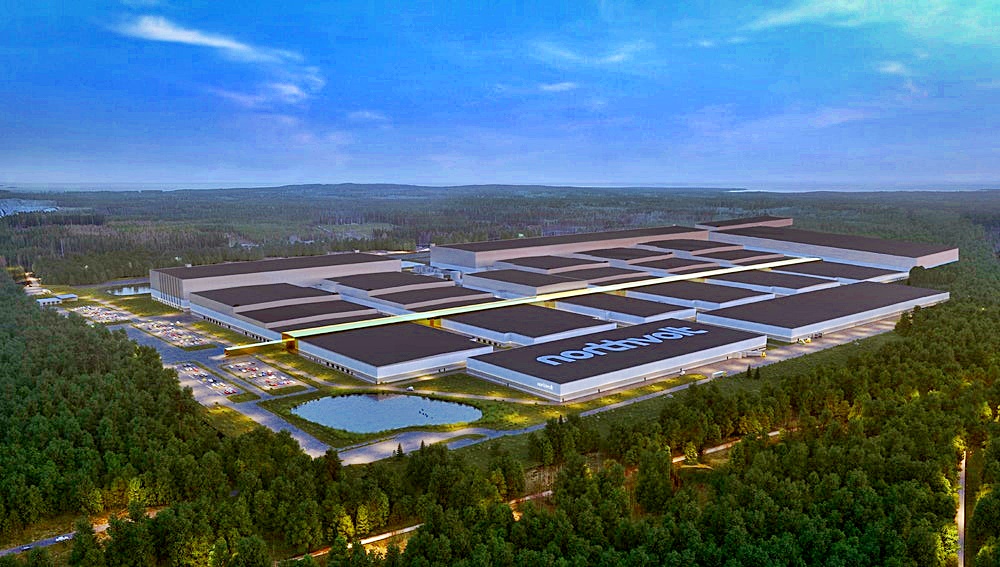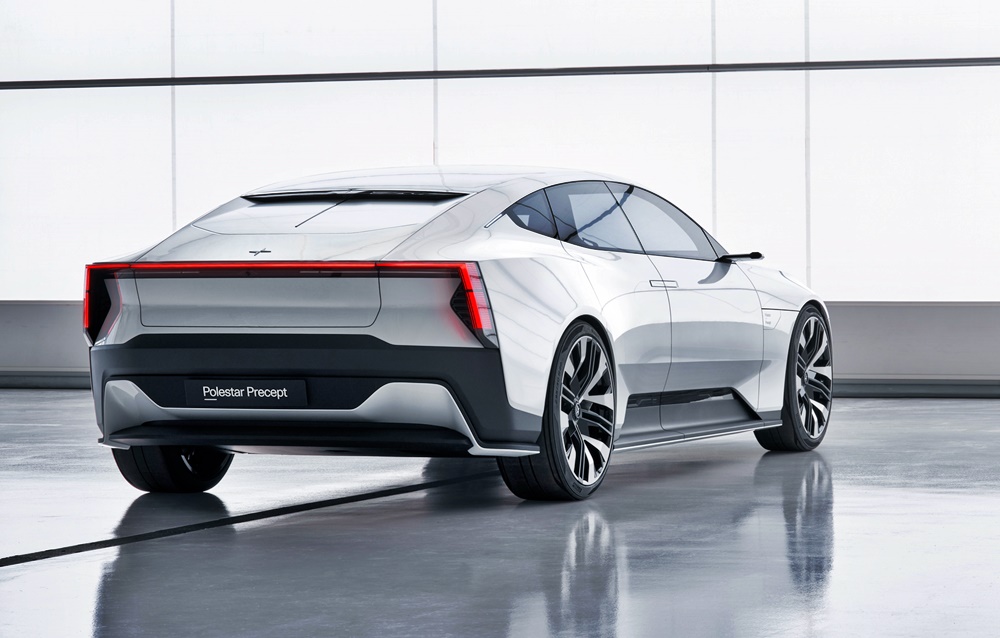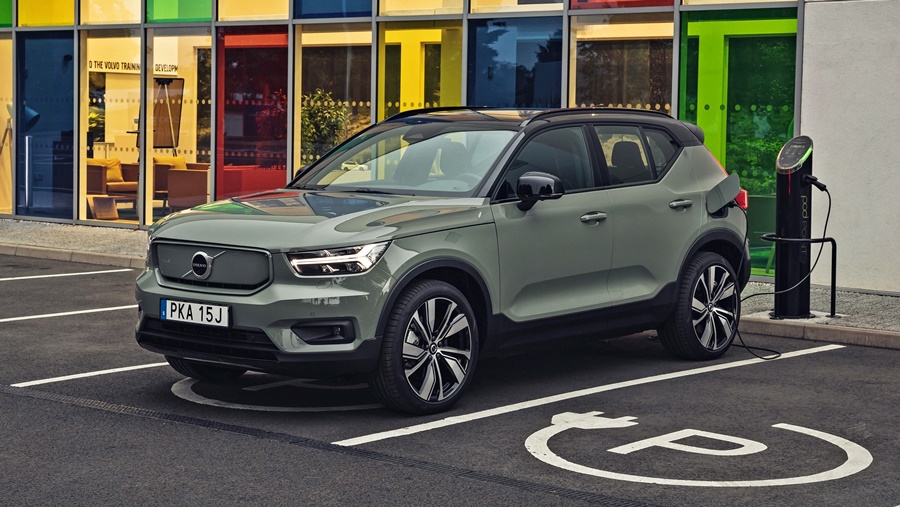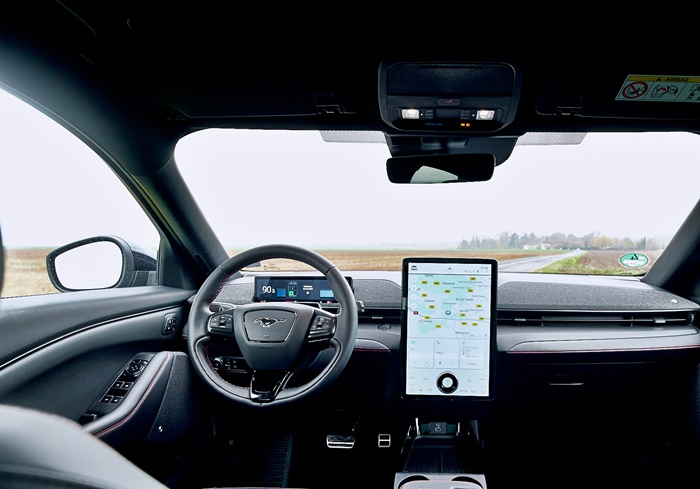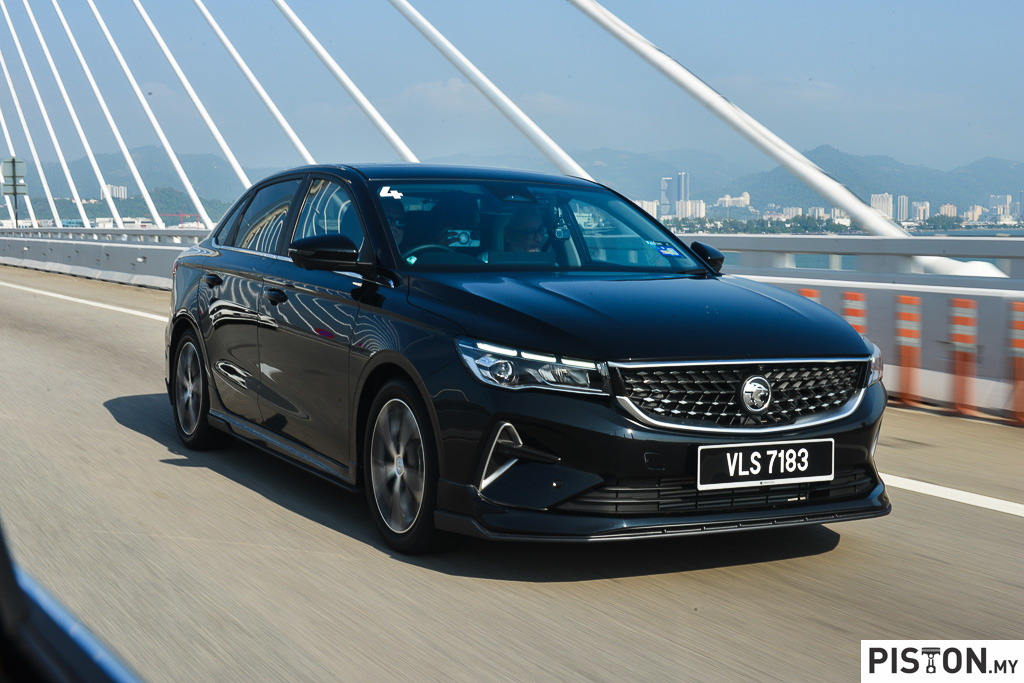Mercedes-Benz is getting ready to go all electric by the end of the decade – but only where market conditions allow. The carmaker, like a few others, understands that there will be some markets where electrification may not be sufficiently wide and conventionally powered vehicles will still be in demand.
Mercedes-Benz began in journey to electrification some years back and by 2022, it will have battery electric vehicles (BEV) in all segments which the brand competes in. From 2025 onwards, all newly launched vehicle architectures will be electric-only and customers will be able to choose an all-electric alternative for every model the company makes.
“The EV shift is picking up speed – especially in the luxury segment, where Mercedes-Benz belongs. The tipping point is getting closer and we will be ready as markets switch to electric-only by the end of this decade,” said Ola Kallenius, CEO of Daimler AG and Mercedes-Benz AG. “This step marks a profound reallocation of capital. By managing this faster transformation while safeguarding our profitability targets, we will ensure the enduring success of Mercedes-Benz. Thanks to our highly qualified and motivated workforce, I am convinced that we will be successful in this exciting new era.”
To facilitate this shift, Mercedes-Benz has a comprehensive plan which includes significantly accelerating R&D. In total, investments into battery electric vehicles between 2022 and 2030 will amount to over €40 billion. Accelerating and advancing the EV portfolio plan will bring forward the tipping point for EV adoption.
The Technology Plan
In 2025, Mercedes-Benz will launch three electric-only architectures – MB.EA, AMG.EA and VAN.EA. These will cover a broad spread of products, including those in the commercial vehicle sector. MB.EA will be for all medium to large size passenger cars, establishing a scalable modular system as the electric backbone for the future EV portfolio. AMG-EA, as the three letters hint, will be a dedicated performance electric vehicle platform, while VAN.EA will usher in a new era for purpose-made electric vans and Light Commercial Vehicles.
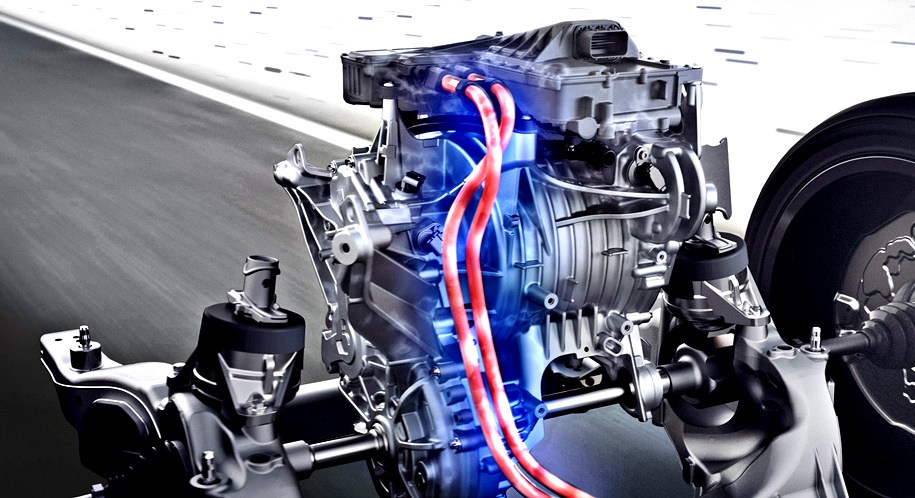
After reorganising its powertrain activities to put planning, development, purchasing and production under one roof, Mercedes-Benz will deepen the level of vertical integration in manufacturing and development, and insource electric drive technology. In-house electric motors, such as the eATS 2.0, are a key part of the strategy with a clear focus on efficiency and the overall cost of the entire system. China, the world’s largest new energy vehicle market, which is home to hundreds of companies and suppliers specialized in EV components and software technologies, is expected to play a key role in accelerating the Mercedes-Benz electrification strategy.
Ensuring supply of batteries
To ensure that there will be an assured supply of batteries, Mercedes-Benz will need a battery capacity of more than 200 Gigawatt hours. This calls for setting up 8 Gigafactories for producing battery cells, and is in addition to the already planned network of 9 plants dedicated to building battery systems.
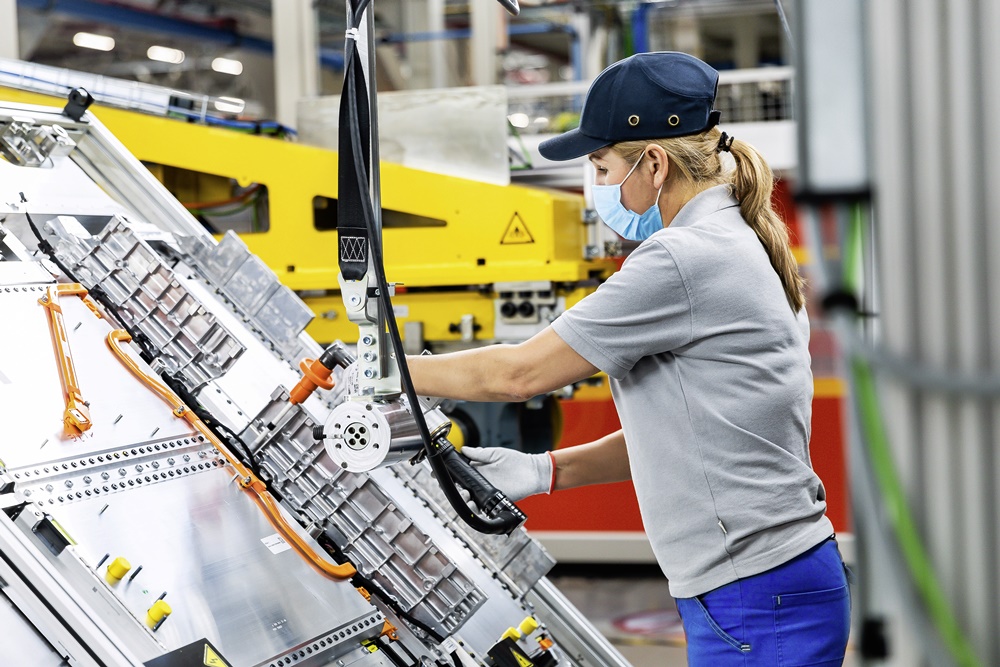
Next-generation batteries will be highly standardized and suitable for use in more than 90% of all Mercedes-Benz cars and vans while being flexible enough to offer individual solutions to all customers. Cell production will give Mercedes-Benz the opportunity to transform its established powertrain production network. By continuously integrating the most advanced battery cell technology in cars and vans, Mercedes-Benz aims to increase range during the production lifecycle of a model.
The recharging network
For EV owners, the issue of recharging is an important one and unless they can be assured of a convenient and widespread network, switching to an EV will not be readily considered. In this area, Mercedes-Benz is also working on setting new standards in charging that will allow customers to plug-in, charge and unplug without extra steps needed for authentication and payment processing.
As for networks, Mercedes me Charge is already one of the world’s largest charging networks and currently has more than 530,000 AC and DC charging points worldwide. Mercedes-Benz is also working with Shell on expanding the charging network which will have over 30.000 charge points by 2025 in Europe, China, and North America.


